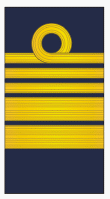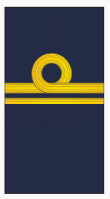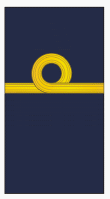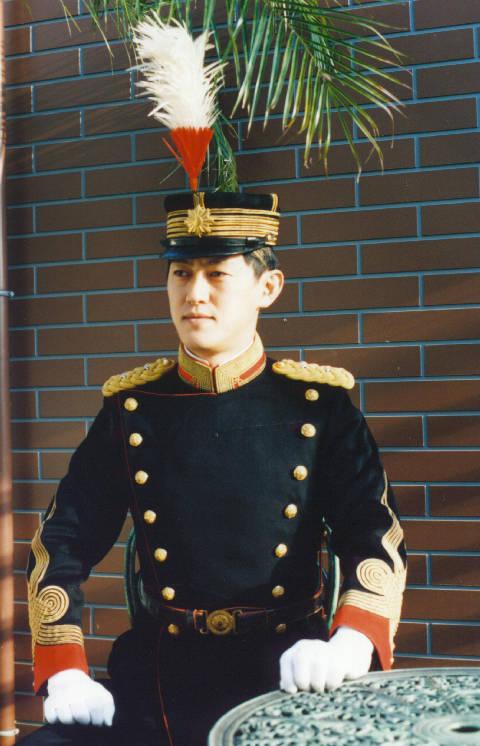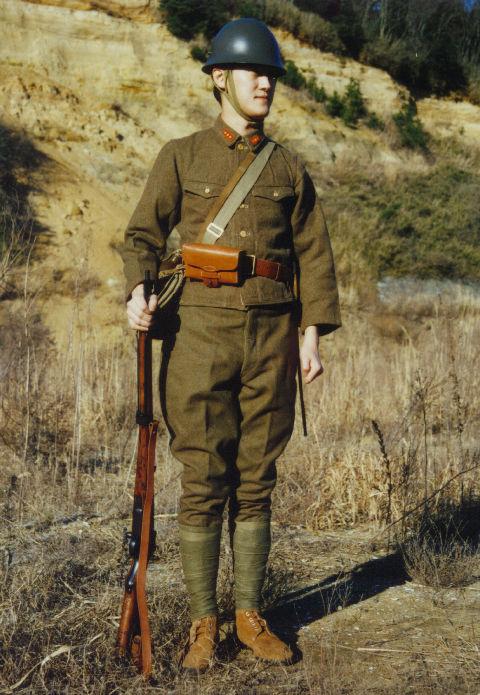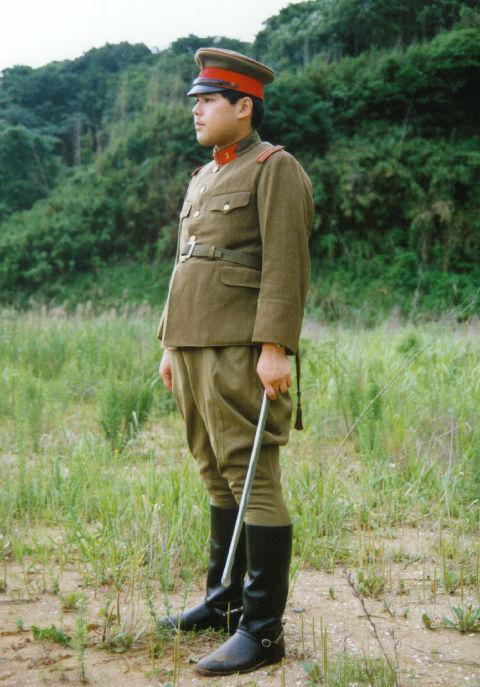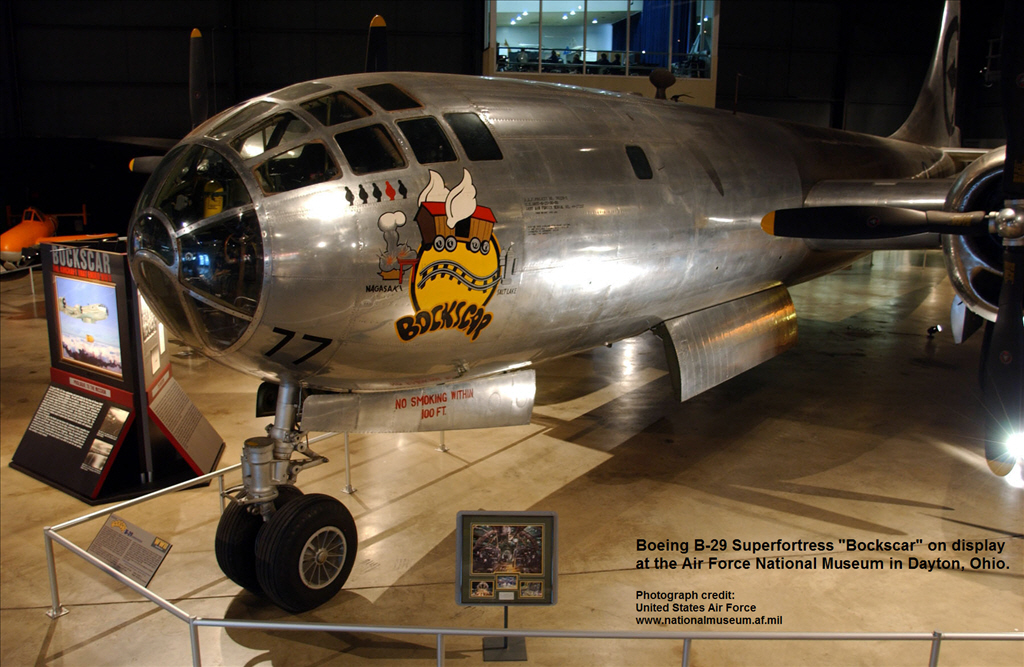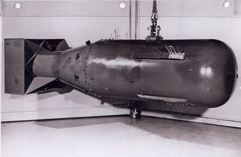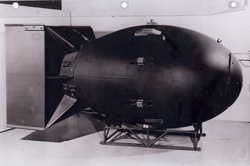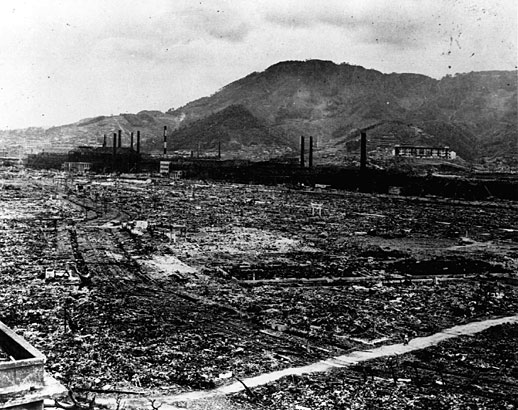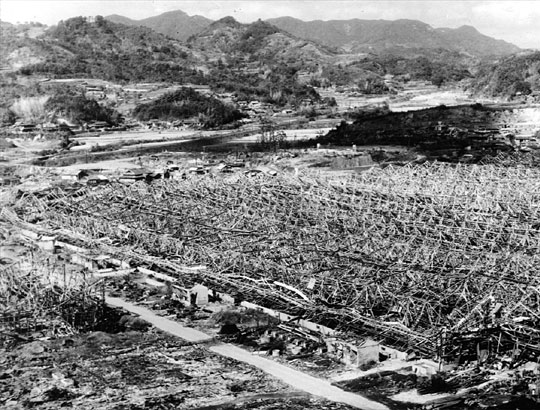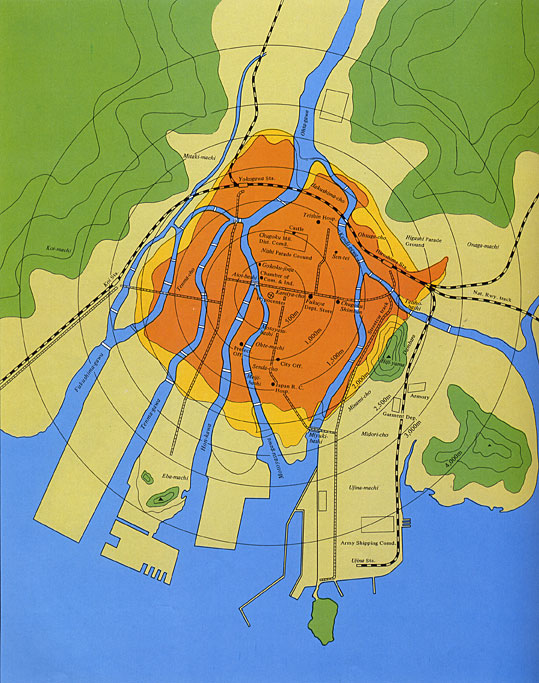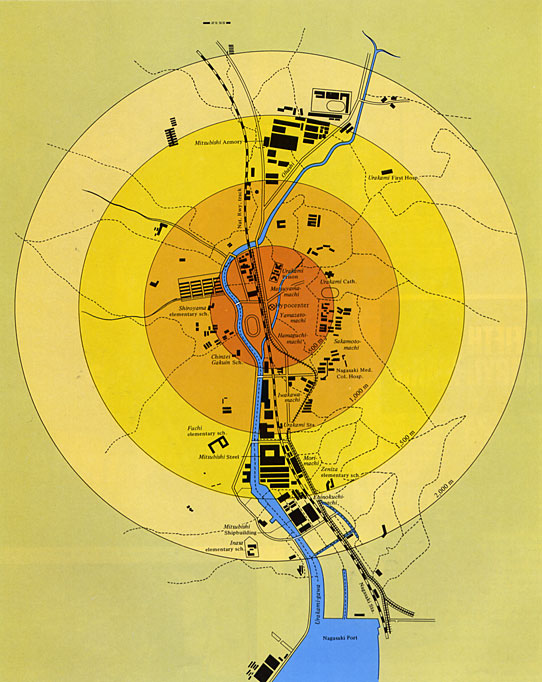1. Army
http://en.wikipedia.org/wiki/United_States_Army_enlisted_rank_insignia_of_World_War_II
The U.S. Army enlisted rank insignia that was used during World War II differs from the current system. The color scheme used for the insignia's chevron design was defined as either silver gray on dark blue, olive drab on dark blue, or khaki on dark blue.
| ||||||||||||||||||||||||||||||||||||||||
|---|---|---|---|---|---|---|---|---|---|---|---|---|---|---|---|---|---|---|---|---|---|---|---|---|---|---|---|---|---|---|---|---|---|---|---|---|---|---|---|---|
| 4th Grade | 5th Grade | 6th Grade | ||||||||
|---|---|---|---|---|---|---|---|---|---|---|
 |  |  |  |  | ||||||
| Sergeant | Technician Fourth Grade | Corporal | Technician Fifth Grade | Private First Class | ||||||
| Sgt. | T/4. | Cpl. | T/5. | Pfc. | ||||||
2. Air Force, Naval, Marine

Japan:
1. Army
http://en.wikipedia.org/wiki/Army_ranks_of_the_Japanese_Empire_during_World_War_II
These designs were worn on shoulders as passants between the years 1911 and 1938, then on collars afterwards until 1945, when the Imperial Japanese Army was dissolved.
Officer ranks
| All-forces ranks | Collar insignia |
|---|---|
| Marshal Gensui Rikugun Taishō (元帥陸軍大将) | As General, plus enamelled breast badge: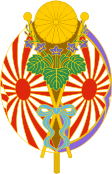 |
| General Rikugun Taishō (陸軍大将) |  |
| Lieutenant General Rikugun Chūjō (陸軍中将) |  |
| Major General 陸軍少将 (Rikugun Shōshō ) |  |
| Colonel Rikugun Taisa (陸軍大佐) |  |
| Lieutenant Colonel Rikugun Chūsa (陸軍中佐) |  |
| Major Rikugun Shōsa (陸軍少佐) |  |
| Captain Rikugun Taii (陸軍大尉) |  |
| Lieutenant (US Army - First Lieutenant) Rikugun Chūi (陸軍中尉) |  |
| Second Lieutenant Rikugun Shōi ( 陸軍少尉) |  |
| Warrant Officer Rikugun Jun-i (Army First Officer) (陸軍准尉) |  |
2. Navy
http://en.wikipedia.org/wiki/Naval_ranks_of_the_Japanese_Empire_during_World_War_II
The imperial navy lasted from 1869 until 1947, when it was dissolved following Japan's constitutional renunciation of the use of force as a means of settling international disputes.
Officer ranks





